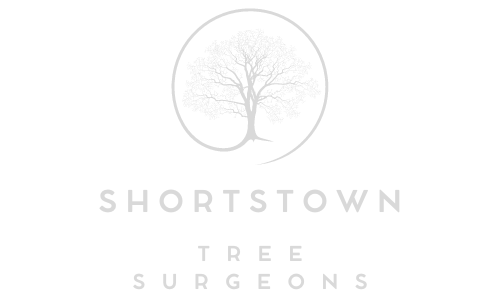Nurturing Healthy Canopies: Tree Crown Reduction as a Solution for Treating Tree Galls and Knots
In the verdant tapestry of our urban forests, trees stand as silent guardians, their majestic canopies providing shade, shelter, and beauty to our surroundings. Yet, beneath the leafy veneer, trees may silently grapple with afflictions such as galls and knots, which mar their appearance and compromise their vitality. Amidst these challenges, tree crown reduction emerges as a proactive solution for treating tree galls and knots, fostering health and rejuvenation within our arboreal landscapes. Join us as we explore the symbiotic relationship between tree crown reduction and the treatment of tree galls and knots, unravelling how this practice promotes the well-being and longevity of our urban trees.
Understanding Tree Galls and Knots:
Tree galls and knots are abnormal growths that manifest on tree bark, branches, or foliage. They result from various physiological responses to environmental stressors, pathogens, or insect activity. Galls appear swollen, often discoloured protrusions, while knots are localised areas of distorted wood grain, typically caused by injury or infection. While not necessarily harmful to tree health, galls and knots can compromise aesthetic appeal and structural integrity if left unchecked.
The Role of Tree Crown Reduction:
In tree care, crown reduction is a versatile tool for addressing a myriad of tree health issues, including galls and knots. By selectively reducing the size and density of the tree’s canopy, arborists can redirect resources towards vital areas, alleviate stress on affected branches, and promote balanced growth and healing. This targeted approach mitigates the symptoms of galls and knots and enhances the tree’s resilience and aesthetics.
Implementing Tree Crown Reduction for Treating Galls and Knots:
- Selective Branch Removal: Arborists identify and remove branches affected by galls or knots, focusing on minimising stress on the tree and promoting optimal healing. Arborists encourage the tree to allocate resources towards healthy growth and regeneration by making precise cuts and strategically reducing canopy density.
- Promoting Air Circulation: Crown reduction techniques improve air circulation within the tree’s canopy, reducing humidity and moisture levels that may exacerbate gall or knot formation. Enhanced airflow promotes rapid drying of affected areas, inhibiting the spread of pathogens and fostering a healthier environment for the tree.
- Encouraging Wound Healing: Crown reduction facilitates optimal wound healing in trees by reducing competition for resources and alleviating stress on affected branches. As the tree redirects resources towards healing, it can gradually encapsulate and compartmentalise galls and knots, minimising their impact on tree health and aesthetics over time.
Conclusion: In the journey towards nurturing healthy canopies, tree crown reduction emerges as a transformative practice for treating galls and knots and promoting overall tree health and vitality. By integrating targeted pruning techniques into tree care regimens, arborists can rejuvenate urban trees, enhancing their resilience, aesthetics, and longevity. As stewards of our urban forests, let us embrace the transformative power of tree crown reduction, nurturing trees towards a future of vibrancy, beauty, and sustainability.
Call us on: 01234 862 087
Click here to find out more about Shortstown Tree Surgeons
Click here to complete our contact form and see how we can help with your tree’s need.

